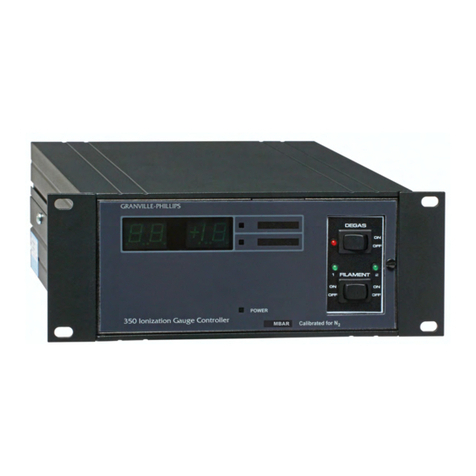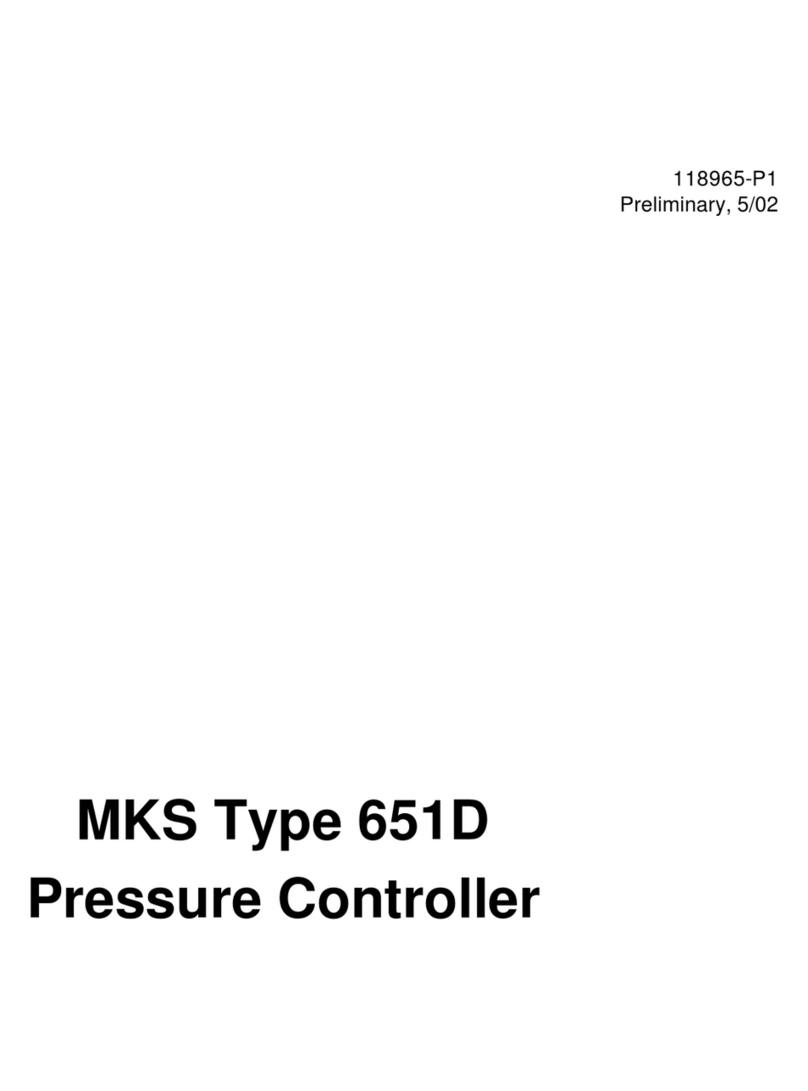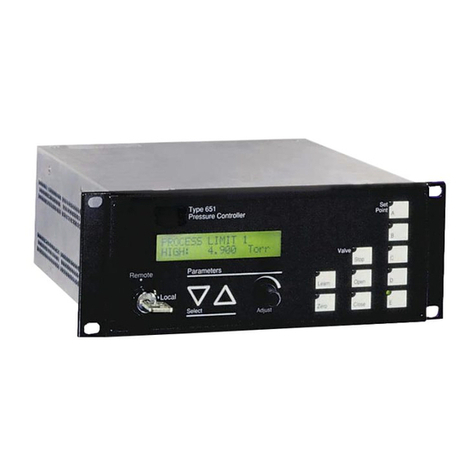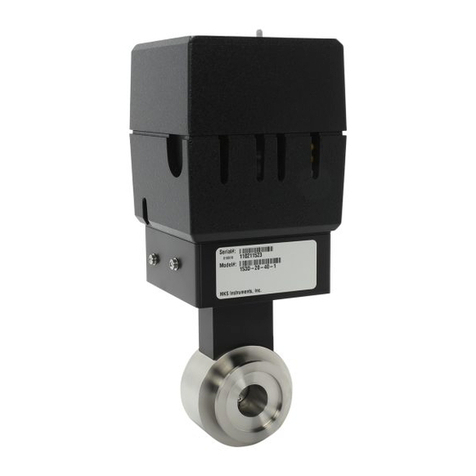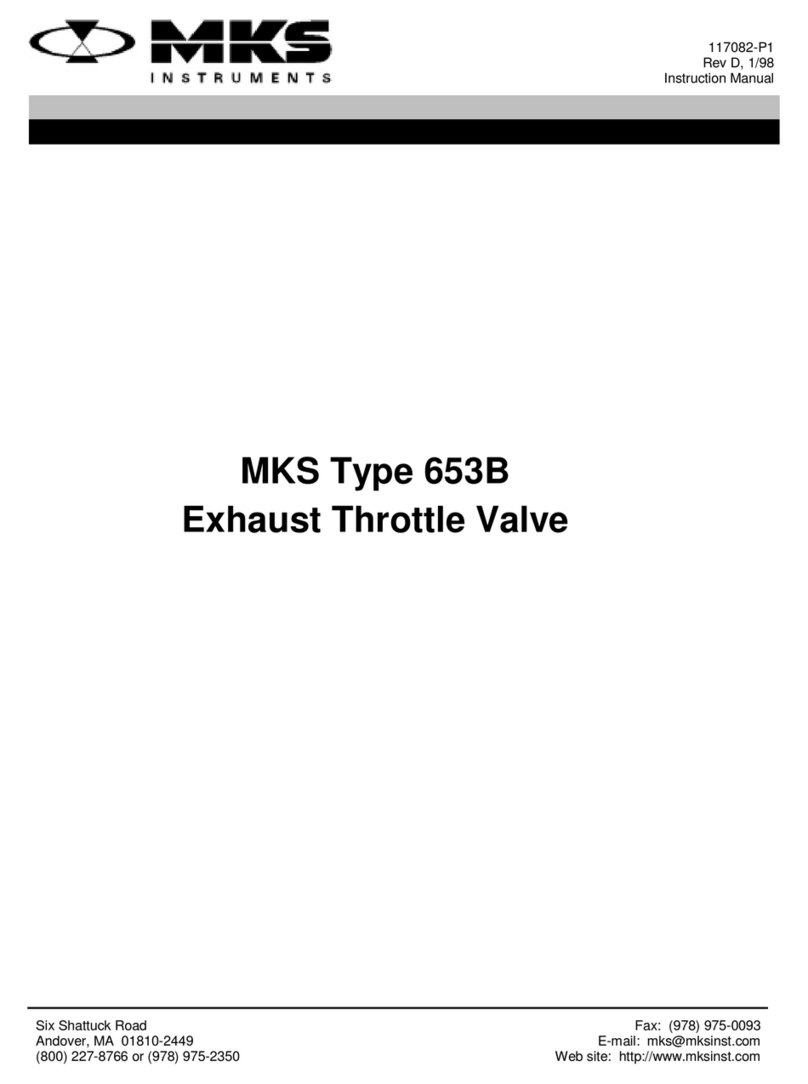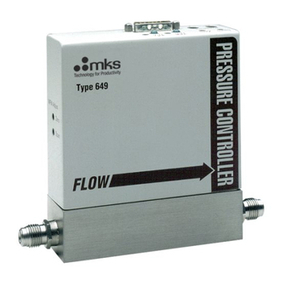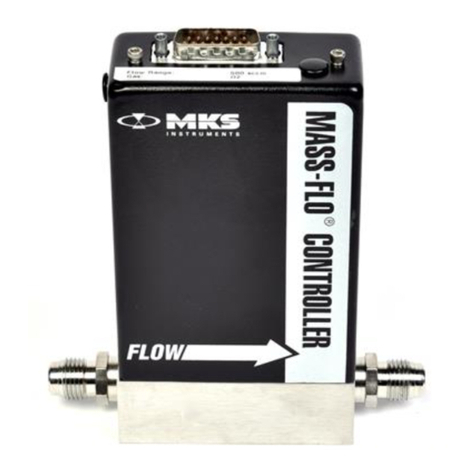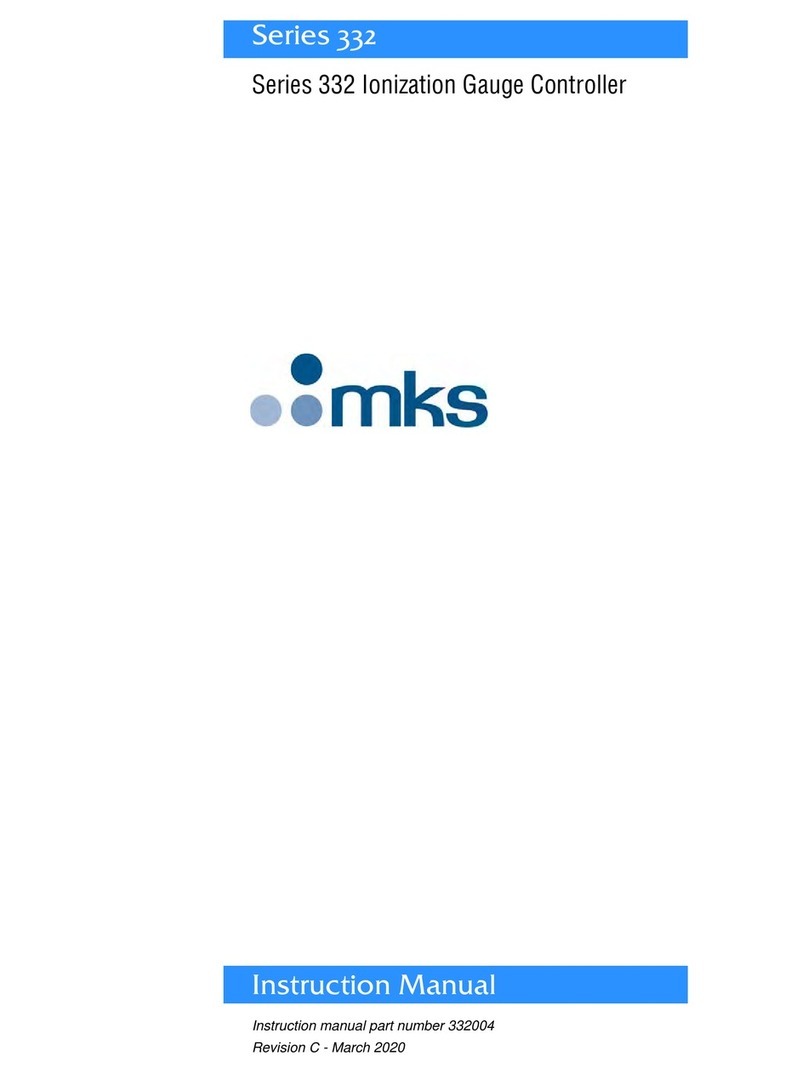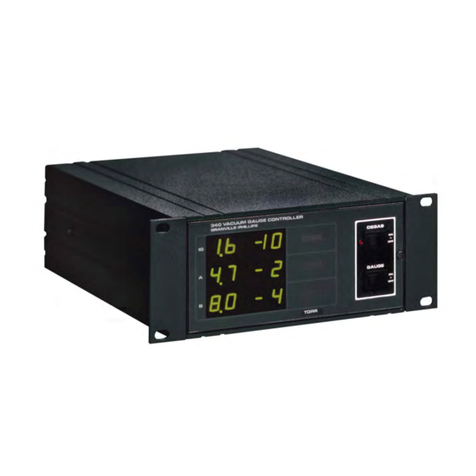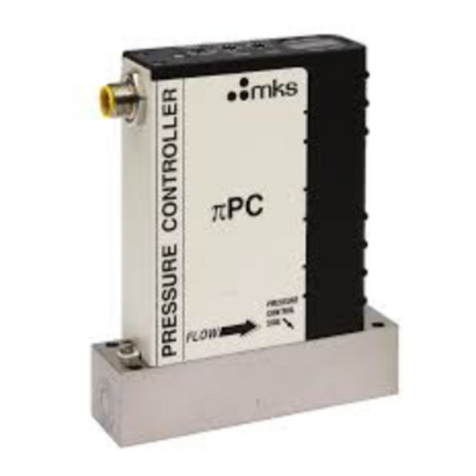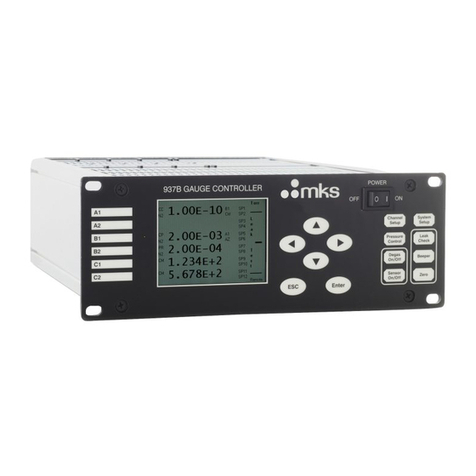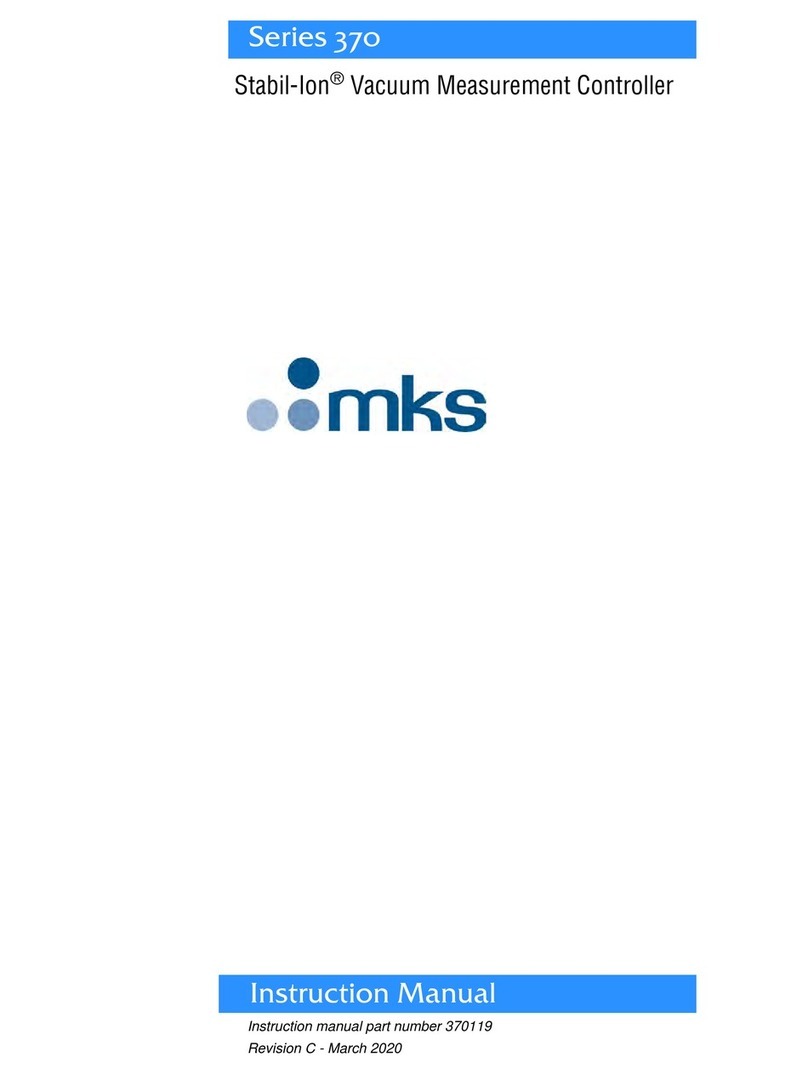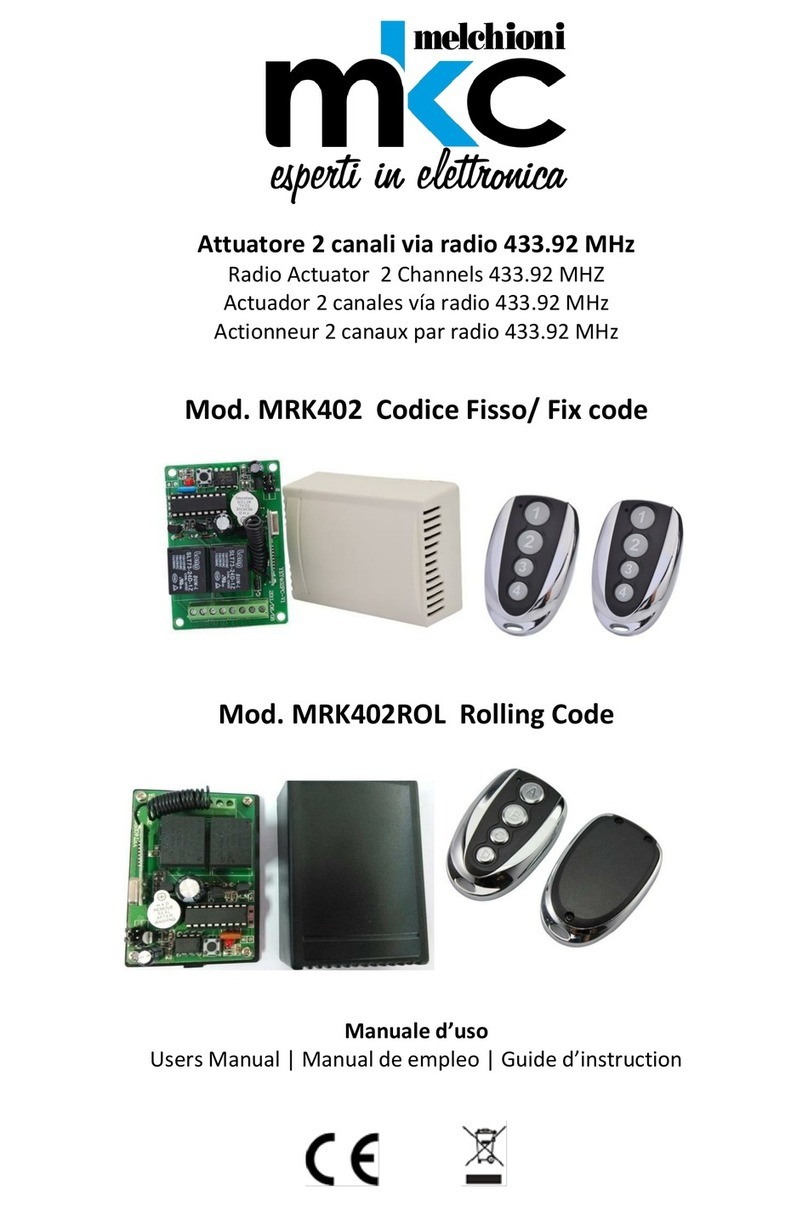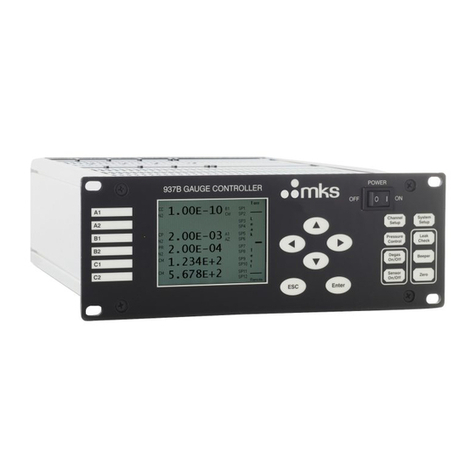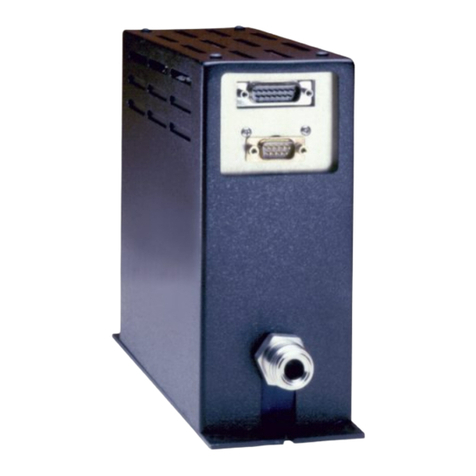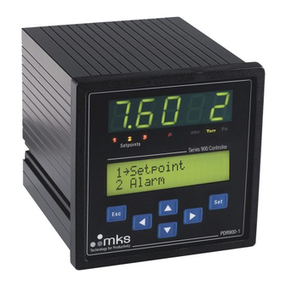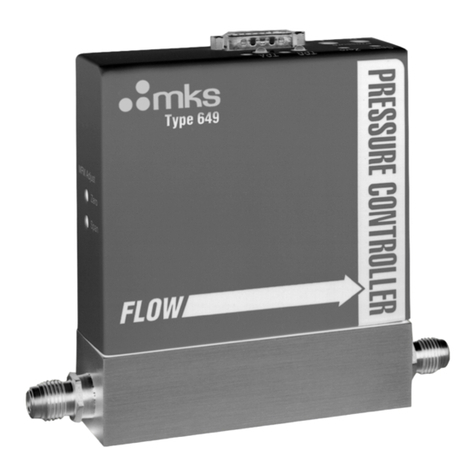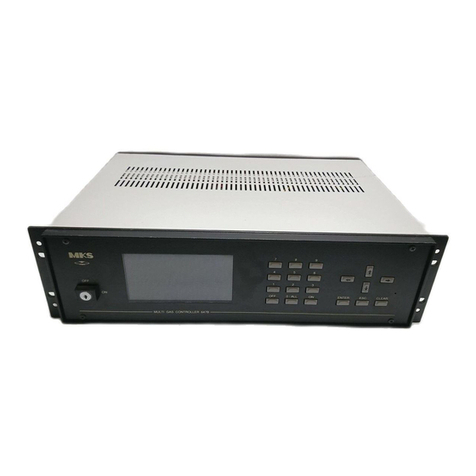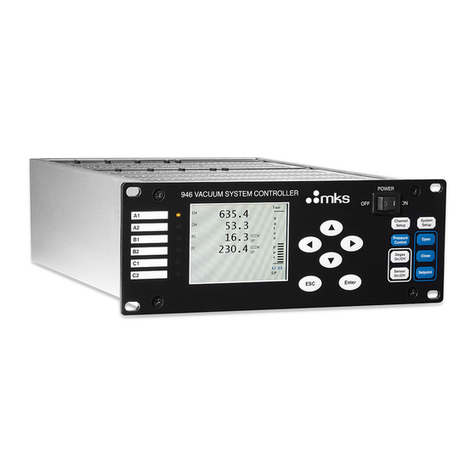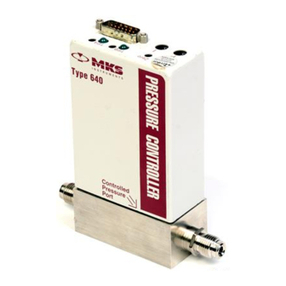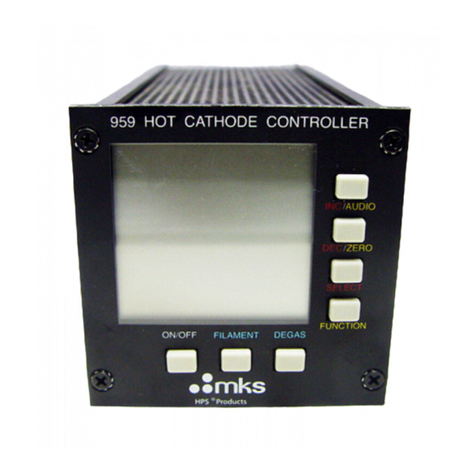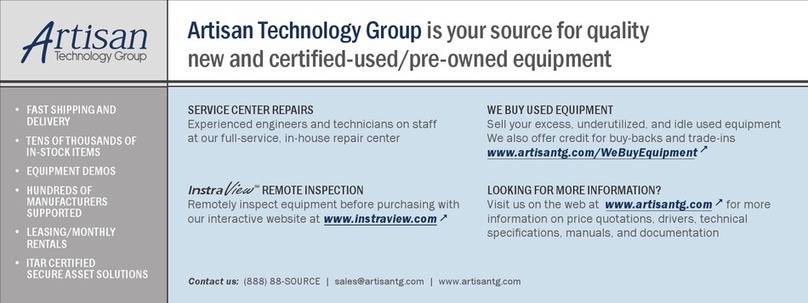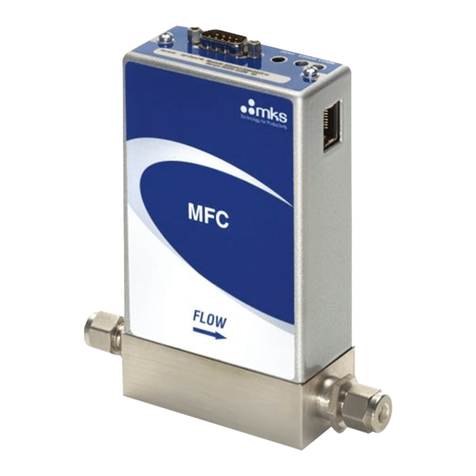
Table of Contents
vi
A Typical Control System...........................................................................22
How The 640 Series Pressure Controller Works.......................................................23
Tuning the 640 Series Pressure Controller................................................................24
Proportional Term.......................................................................................24
Integral Term.............................................................................................25
Tuning the 640 Controller............................................................................27
Priority of Commands .............................................................................................29
Trip Points .............................................................................................................30
Action of the Trip Points.............................................................................30
Applications with a Large Differential Pressure........................................................31
Labels....................................................................................................................31
Chapter Four: Operation.....................................................................................................33
How To Check the Zero.........................................................................................33
How To Zero a Type 640 (Absolute) Unit....................................................33
How To Zero a Type 641 (Gage) Unit .........................................................34
How To Adjust the Span.........................................................................................35
How To Tune the 640 Series Controller ...................................................................35
How To Adjust the Trip Point Values ......................................................................36
How To Select the Trip Point Action .......................................................................37
How To Use Trip Points as Error Indicators.............................................................39
How To Change the Pressure Output Signal Range ..................................................40
How To Select Upstream Control............................................................................42
Appendix A: Product Specifications ....................................................................................45
Performance Specifications.....................................................................................45
Environmental Specifications ...................................................................................46
Trip Point Specifications..........................................................................................46
Physical Specifications............................................................................................47
Appendix B: Valve Orifice Selection...................................................................................49
General Information................................................................................................49
Checking the Orifice Size............................................................................49
How To Verify the Orifice Selection........................................................................51






